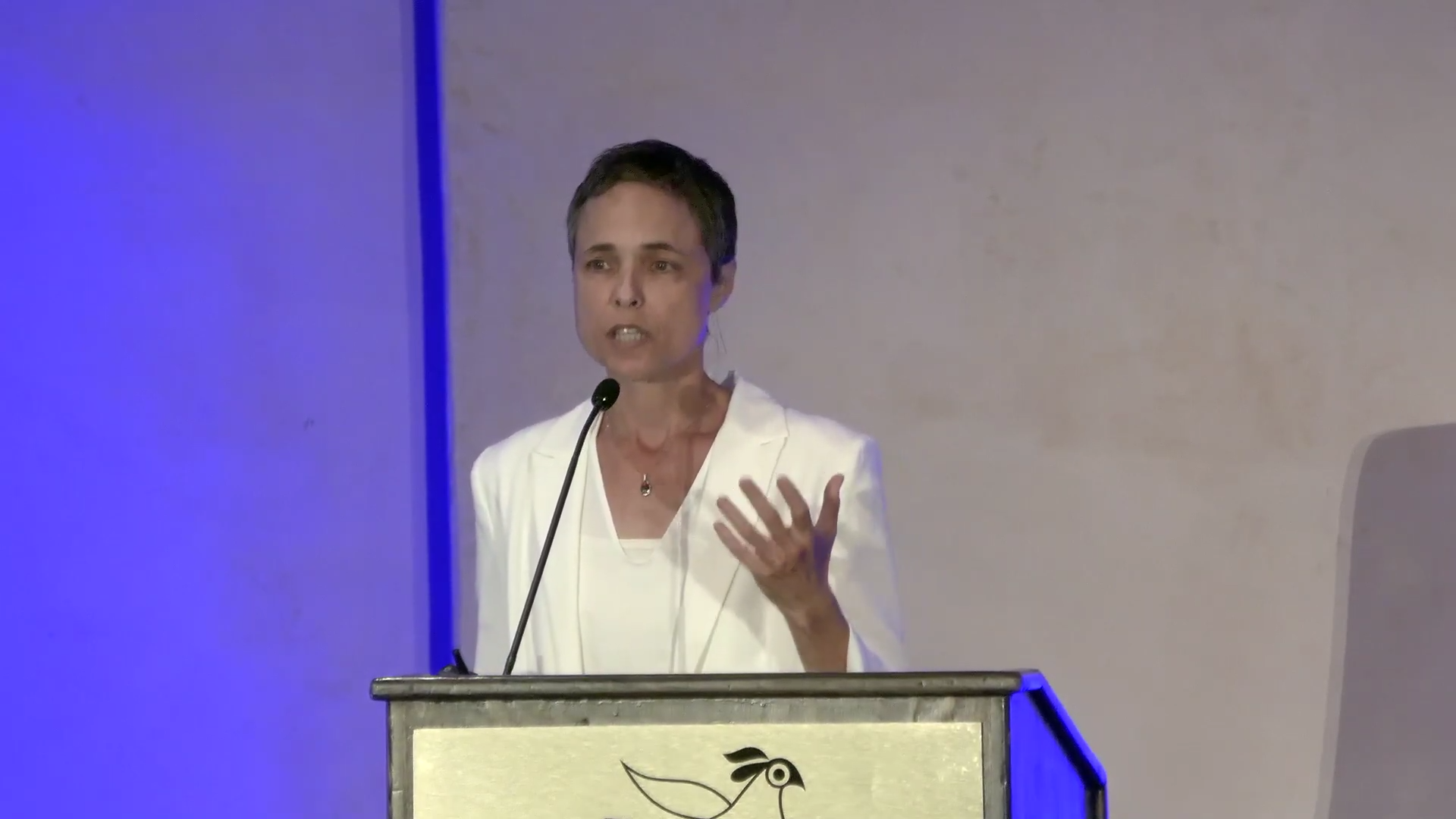

Media
Media
Lorem Ipsum Dolor Sit Amet, Consetetur Sadipscing Elitr, Sed Diam Nonumy Eirmod Tempor Invidunt Ut Labore Et Dolore Magna Aliquyam Erat, Sed Diam Voluptua. At Vero Eos Et Accusam Et Justo Duo Dolores Et Ea Rebum. Stet Clita Kasd Gubergren,
No Sea Takimata Sanctus Est Lorem Ipsum Dolor Sit Amet. Lorem Ipsum Dolor Sit Amet, Consetetur Sadipscing Elitr, Sed Diam Nonumy Eirmod Tempor Invidunt Ut Labore Et Dolore Magna Aliquyam Erat, Sed Diam Voluptua. At Vero Eos Et Accusam Et Justo Duo Dolores Et Ea Rebum.
Stet Clita Kasd Gubergren, No Sea Takimata Sanctus Est Lorem Ipsum Dolor Sit Amet.Voluptua. At Vero Eos Et Accusam
Rethinking Sex, Brain, and Gender: Beyond the Binary
The sex binary is not simply one of several competing theories regarding human brain and behavior within science. Rather, it is a taken-for-granted starting point that biases the scientific exploration of the relations between sex and brain and behavior. Using the case of the brain, Prof. Daphna Joel describes how data from animal studies challenge the binary framework and open a new way – the mosaic hypothesis – of thinking about ‘sex itself’ and its relations with brain and behavior. Applying varied analytical methods to the structure of over 5,000 human brains, her research found that most brains comprise of unique ‘mosaics’ of both features that are more common in women and features that are more common in men; the brain architectures typical of women are also typical of men; and sex category provides little information on human brain structure
Learn more
Are there male brains and female brains? And why do we care?
In: Women in the World: Time for a New Paradigm for Peace Conference, 2019
Learn more
SeXX and SeXY: A Dialogue on the Question of the Female Brain and the Male Brain
In: Stanford WSDM (Women and Sex Differences in Medicine) Center, 2014
Learn more
Sex, Brain and Psychopathology
In: Basic and Translational Neuroscience Research Symposium on Sex Differences, Stanford, 2013
Learn more
Sex, Gender and Brain. A Problem of Conceptualization
In: Neurogendering II, Vienna, 2012
Learn more


